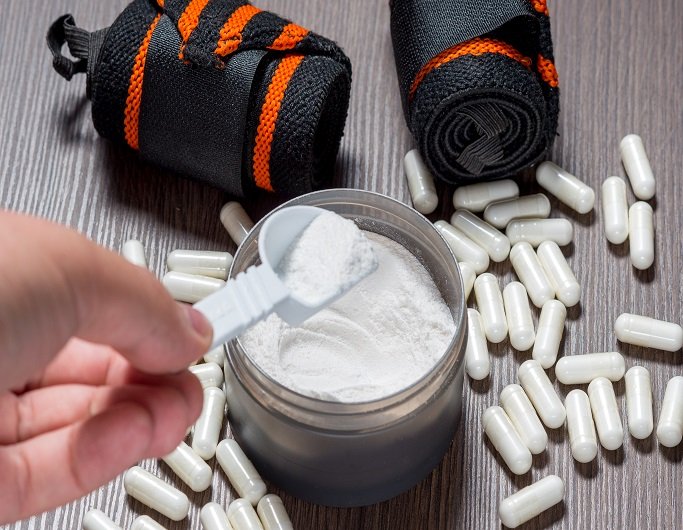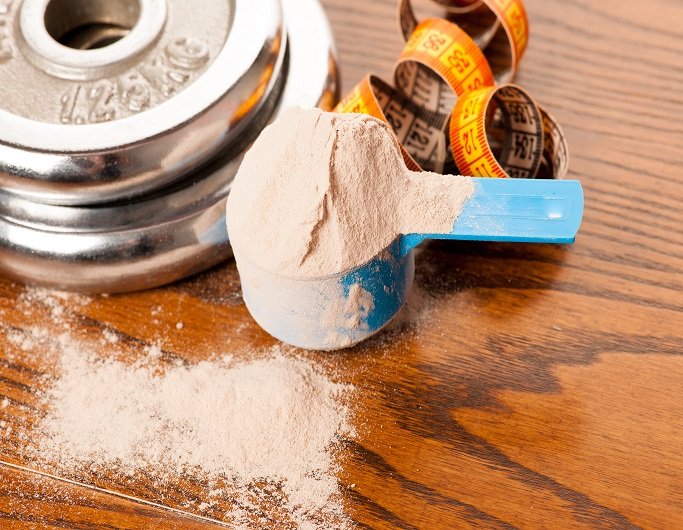
Fibre For Muscle Building And Fat Loss
The necessity to consume adequate fibre should form a cornerstone of any diet advice. Indeed, the food industry has taken this on-board and we are often inundated with high-fibre or added-fibre messages on the packaging of foods. However, it seems that although the majority of people understand the importance of including fibre in their diet most do not understand its value beyond its ability to make us ‘regular’. This article aims to illustrate the benefits of fibre, how much fibre we should consume, and how fibre can become a valuable component of both fat loss and muscle building regimes.
What is Fibre?
 Fibre is often referred to as roughage. This is because it is considered an indigestible carbohydrate. Until recently fibre was separated into either soluble or insoluble classifications. However these categories have now been discontinued and replaced with ‘dietary’ and ‘functional’ variants – with official definitions as follows:
Fibre is often referred to as roughage. This is because it is considered an indigestible carbohydrate. Until recently fibre was separated into either soluble or insoluble classifications. However these categories have now been discontinued and replaced with ‘dietary’ and ‘functional’ variants – with official definitions as follows:- Dietary Fibre: This is non-digestible carbohydrates and lignin that are intrinsic and intact in plants.
- Functional Fibre: This is isolated, non-digestible carbohydrates that have beneficial physiological effects in humans.
Although both variants of fibre are termed non-digestible it could be a mistake not to count fibre as a caloric component of a diet(some people consider fibre free calories in caloric restricted diets). This is because some fibre sources are utilised by bacteria in the gut and this produces short-chain fatty acids that the body can use as fuel. The current best-estimates of the caloric impact of fibre is around 1.5 calories per gram.
The Health Benefits of Fibre
Fibre provides a plethora of health benefits which include:
- Slowing the absorption of high impact carbohydrates into the bloodstream. This would ensure that fibre would be a beneficial addition to all meals except post-workout
- Fibre helps increase satiety. In other words it helps you feel fuller for longer. This makes high-fibre diets potentially valuable for fat-loss and diet longevity – simply because you will not feel as hungry
- Lowering bad LDL cholesterol
- Promoting general heart health
- Digestive health
- Reduction in risk of some cancers (such as colon and breast cancer)
How Much Fibre Should I Have?
Research indicates that between 10-15 grams of fibre should be consumed for every 1,000 calories eaten. Furthermore, fibre intake should increase as you age and contribute a greater percentage of your caloric intake because energy levels decline as we get older. This advice also applies to more sedentary individuals and those looking to reduce body fat.
How does Fibre help with lean muscle?
Complex carbohydrates are necessary for muscle building and are more beneficial than simple carbohydrates (e.g. sugars). The reason for this is that complex carbohydrates have a sustained release of their energy ensuring the body is more able to utilise these as fuel – without storing them as fat (dependent upon amount consumed and energy expenditure). This energy enables you to train harder, recover and grow. If these complex carbohydrates are supported by adequate fibre the absorption rate is further reduced – thus adding value and ensuring that the usability window of these carbohydrates is maximised.
Fibre Summary
- Fibre Improves Nutrient Absorption.
- Fibre Helps Prevent Overeating.
- Avoid Fibre Post-Workout.
- Consume at least 10-15 grams of Fibre for every 1000 calories eaten.






No Comments yet!